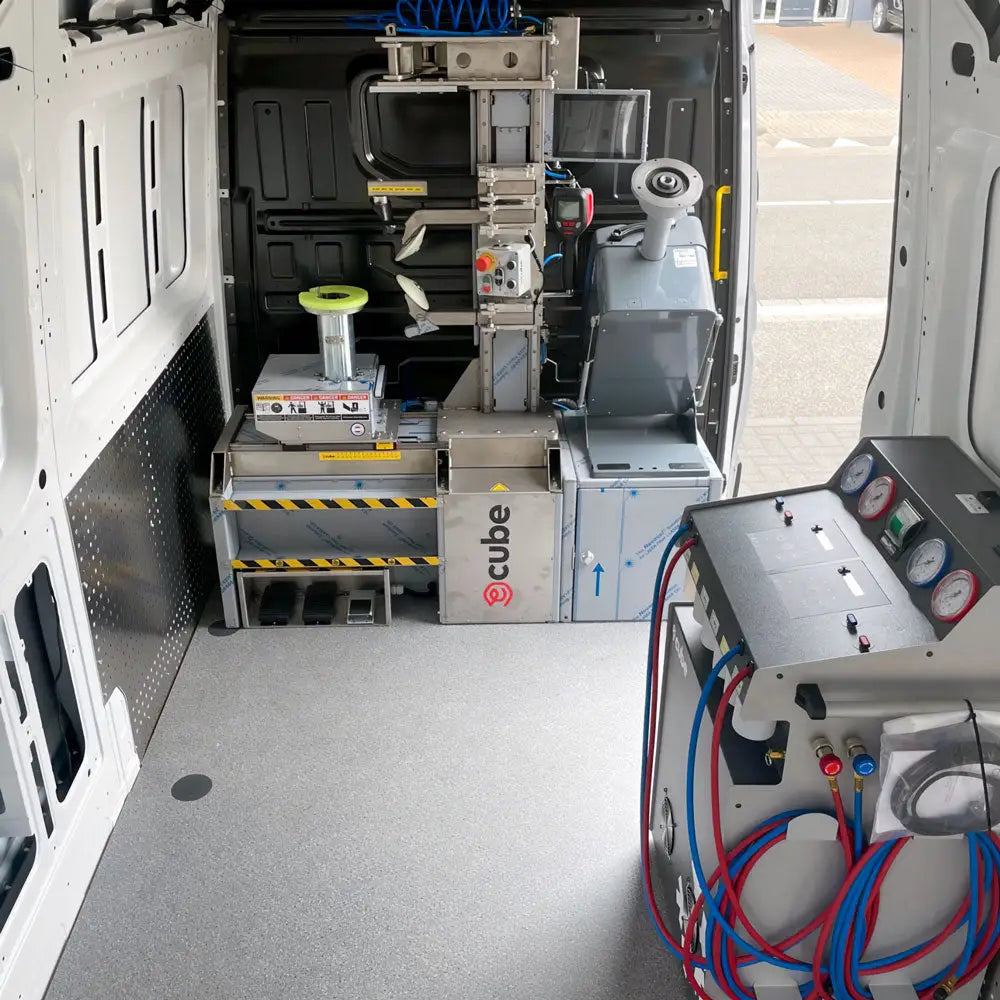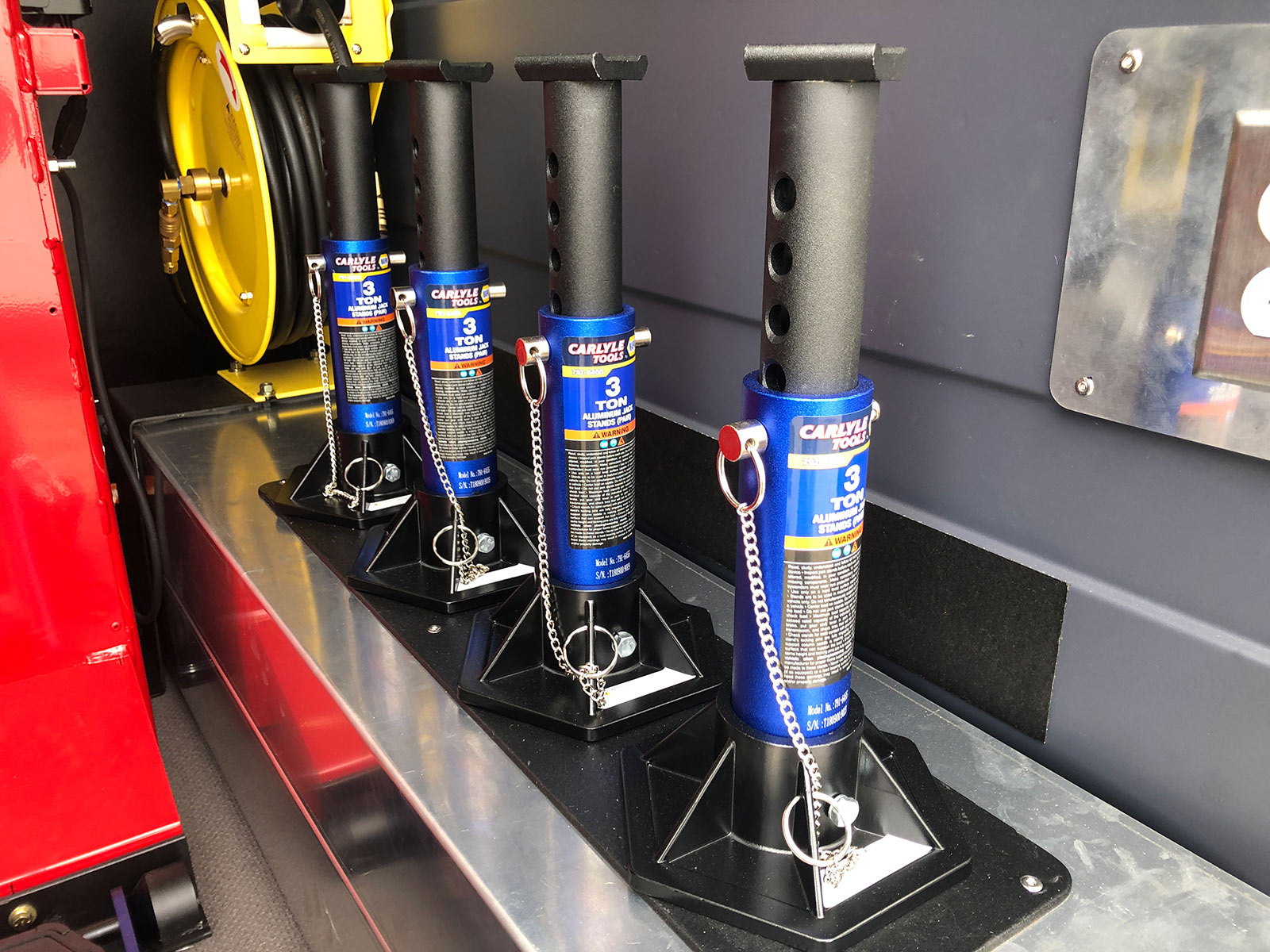Reliable Flat Tire Repair Las Vegas - Mobile Help
Reliable Flat Tire Repair Las Vegas - Mobile Help
Blog Article
Tire Solution: Proven Approaches for Optimal Tire Upkeep and Care
From making certain appropriate tire stress to routine turning and alignment, there are tested approaches that can significantly extend the lifespan of your tires and enhance total driving experience. Allow's dive right into the globe of tire service and discover the secrets to maintaining your tires in superior shape for the lengthy haul - Mobile Tire Change Las Vegas.
Value of Tire Stress
Proper tire pressure is a crucial variable in making certain ideal lorry performance and safety when driving. Keeping the suggested tire stress levels provided by the manufacturer uses countless advantages. First of all, sufficient tire stress promotes far better fuel performance, as under-inflated tires can cause increased rolling resistance, causing the engine to work harder and consume more gas. Second of all, correct tire pressure makes certain also tread wear, boosting tire longevity and saving cash over time by postponing the demand for early substitutes. Additionally, correctly pumped up tires contribute to boosted handling and braking abilities, critical for safe driving in different roadway conditions. Over-inflated tires, on the other hand, can result in lowered traction and a harsher trip. Alternatively, under-inflated tires are vulnerable to getting too hot, which can cause crashes and blowouts. Routinely checking and readjusting tire pressure, especially eventually journeys, is an easy yet reliable method to boost automobile efficiency, expand tire life-span, and prioritize safety and security when traveling.
Tire Rotation Guidelines
When thinking about tire turning guidelines, it is necessary to understand the value of this upkeep job in optimizing tire life-span and keeping optimal vehicle performance. Tire turning entails altering the position of each tire on a vehicle to guarantee also tread wear. Front tires have a tendency to use faster than back tires because of steering pressures, making normal rotation crucial for balanced wear patterns. The recommended rotation pattern varies relying on whether a car is front-wheel, rear-wheel, all-wheel, or four-wheel drive. Commonly, tires ought to be revolved every 5,000 to 7,500 miles, or as recommended in the automobile handbook. Overlooking tire turning can result in irregular wear, impacting handling, traction, and possibly compromising car security. By adhering to appropriate turning standards, vehicle drivers can extend the life of their tires, improve gas efficiency, and improve total driving experience. Routine rotation is an easy yet efficient upkeep method that adds dramatically to tire long life and vehicle efficiency.

Advantages of Wheel Positioning
Making certain correct wheel placement after tire rotation is critical for maintaining balanced wear patterns and optimizing car performance. In addition, correct wheel alignment helps to prolong the lifespan of your tires. Misaligned wheels can create unequal tire wear, leading to early tire replacement and increased upkeep expenses.

Tire Tread Depth Examine
Performing a regular examination of tire walk deepness is crucial for maintaining secure driving problems and prolonging the life expectancy of your tires. Irregular tread wear can show problems with tire positioning, article source pressure, or suspension, highlighting the importance of regular tread depth checks. By integrating tire walk depth checks into your regular maintenance schedule, you can drive with self-confidence understanding that your tires are in leading problem.
Seasonal Tire Evaluation
Seasonal tire examination is a fundamental facet of tire upkeep that ensures tires are prepared to deal with the difficulties postured by different weather condition problems. In preparation for winter, it is necessary to check the tire stress regularly as chilly temperature levels can create tire pressure to drop. By performing routine seasonal tire examinations, drivers can lengthen tire life-span, improve fuel performance, and most notably, ensure a safe driving experience in varying climate problems.
Final Thought
In final thought, maintaining correct tire stress, revolving tires regularly, aligning wheels appropriately, keeping an eye on tread deepness, and performing seasonal examinations are vital techniques for optimum tire treatment. By adhering to these confirmed methods, motorists can ensure their tires last much longer, do far better, and add to overall automobile safety and security. It is important to focus on tire upkeep to avoid crashes, improve gas efficiency, and extend the life expectancy of tires.
Ample tire stress advertises much better gas effectiveness, as under-inflated tires can lead to weblink boosted rolling resistance, triggering the engine to function tougher and consume more fuel.When thinking about tire turning standards, it is vital to recognize the value of this upkeep task in maximizing tire life-span and preserving optimal car performance. Seasonal tire inspection is a basic element of tire maintenance that makes certain tires are ready to deal with the challenges presented by various climate conditions. By performing regular seasonal tire assessments, vehicle drivers can extend tire lifespan, boost fuel performance, and most significantly, guarantee a safe driving experience in differing weather problems.
In final thought, preserving appropriate tire pressure, my latest blog post turning tires routinely, straightening wheels properly, keeping an eye on walk depth, and carrying out seasonal examinations are necessary techniques for optimal tire treatment.
Report this page